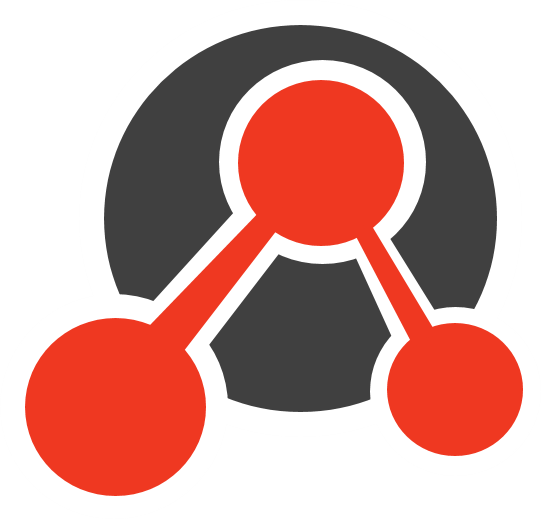Software isn’t the Solution to your Project Portfolio Management Problem
When you bring the wrong tool to the job, expect to get an overly-complicated solution.
We all wish for a silver-bullet for our latest process angst. Business problems are hairy, riddled with details and subtle logic and exceptions, and are never quite seen the same way from two angles. With project portfolio management (PPM), executives and leaders declare the details too troublesome, and beg for a simple software fix to all that ails them.
But, that’s not how software works regardless of what we’ve come to believe in this brave new world of single-purpose mobile apps. Complex business problems aren’t fixed with prettier user interfaces, trendy technical tools, popularity contests, or the sheer shock-value of the price tag.
After more than a decade implementing Tier 1 portfolio solutions with some of the biggest organizations in the for-profit and not-for-profit sectors, here’s a rundown on the most common unmet expectations that organizations fail to get from their software investment when they think “technology-first” is the panacea.
Technology IS NOT the Panacea
- Software is never a proxy for process. No software comes out of the box and properly reflects your organizational values, corporate governance, and decision-making processes. Too many solutions focus exclusively on data capture, at the cost of reflecting back the good checks and balances of the project intake, evaluation, and selection processes.
- Software shouldn’t define your decision criteria and supersede judgement on investments. While we may agree many of the canned dimensions of what makes a good project, software too often focuses on workflow – moving an idea into a project and then into production – rather than helping leaders to evaluate ideas in a timely way, and kill weak ideas before they consume scarce resources.
- Software doesn’t tell you what data is important. Good technology can be invaluable in organizing, manipulating, and reporting data, but even the most astute vendors don’t always know what's most important to your organization. The cost of capturing ALL related data only slows (or kills) portfolio processes. Only a clear understanding of your business problem allows leadership to select the right ideas to deliver the highest value work.
- “Do more projects” isn’t beneficial. Software can help you tee up and track a near infinite number of projects, but project work unto itself isn’t the benefit. Most software solutions do a very poor job of teasing out the ultimate benefit that a project delivers, so organizations continue to run projects that – once delivered – are impossible to specifically identify contribution for to net margin, quality of services to customers, or quality of work-life for employees.
The benefit of good portfolio management is accelerated time-to-value. We want the results of the work, not simply more tasks. We want more throughput on things that matter, not more trash.
“Enterprise” grade doesn’t replace good standards or improve estimation.
Most software has a focused job: idea intake, portfolio tracking, project execution and management, or financial evaluation. Organizations are well served to create common language and standards (frameworks) to guide both how they consistently measure activity (e.g. time, dollars), as well as how estimations of effort and value are developed. Software only creates value when properly configured, with means to consistently and meaningfully record decision-supporting datasets, and with an eye toward learning from our past experience to inform future performance.
Turning strategic intention into a coordinated and thoughtfully designed game plan for delivery relies on sound corporate governance, clear accountability, and well-defined process. To move ahead, organizations need to honestly assess where their challenges have been, determine their commitment (and stomach) for addressing root issues, and make the investments to reset a new course.
Our Nimble Delivery approach helps clients start to gain value through a foundational design, helping to better identify and articulate true requirements for their business as a byproduct of real daily use.
Contact us to learn about our upcoming Nimble Portfolio Launch, a quick-start approach to clarifying objectives, building alignment, and, getting your strategic project portfolios up and functioning in days, not months.
Toby Lucich is co-founder and Head Cheerleader at Return Leverage. In twenty years working with startups to Fortune 50 organizations, he’s become obsessed with inspiring teams to dig in, build deeper commitments, and produce work to be proud of. His sky-is-the-limit thinking allows him to see untapped potential and is the inspiration behind the Leverage model.
Leverage was founded to help effective leaders recapture capacity in their day, delegating blocking and tackling tasks to self-starters who win on their behalf, so they focus where they’re effective, challenged, and can realize their full capacity.
Mark is a technology-focused project- and portfolio-management expert who partners with clients to dissect process and data issues and formalize systems that streamline business. With over 20 years’ experience as a business and IT consultant, Mark is fluent in system-design best practices, proven analytical and implementation methodologies, and has broad process knowledge to aid organizations in solving complex IT challenges that impede business outcomes.
Mark has delivered solutions around project and idea ingestion, resource and capacity planning, and workflows that drive process, in addition to enterprise data planning for clients, such as The U.S. Department of Health & Human Services, U.S. Department of Energy, AARP, State Farm Insurance, and Molina Healthcare.



